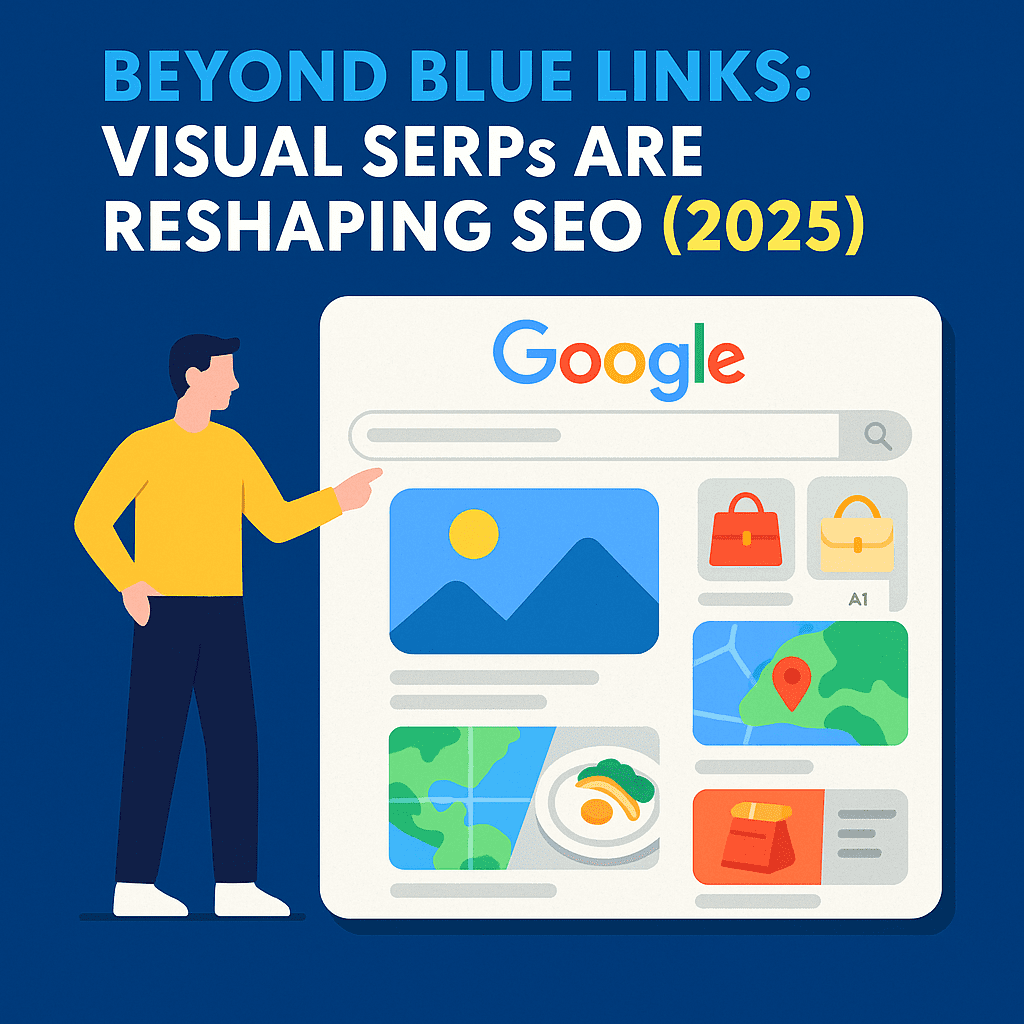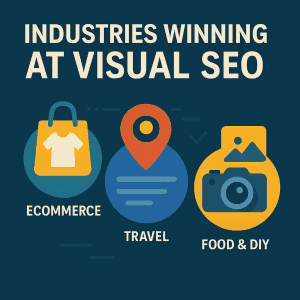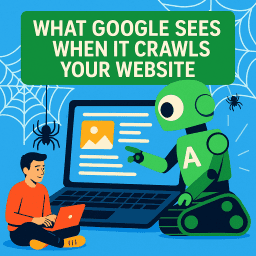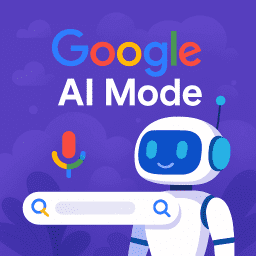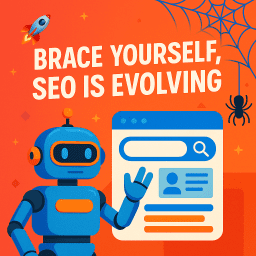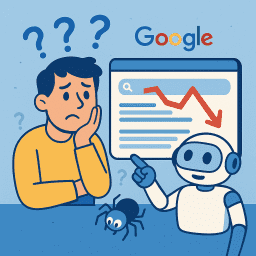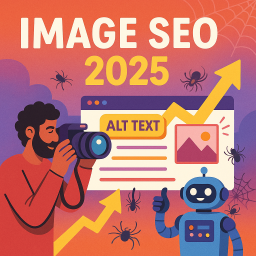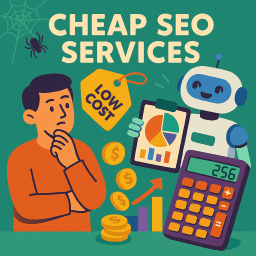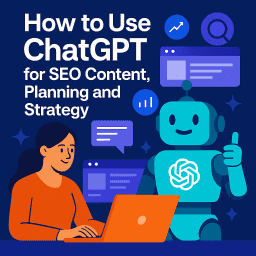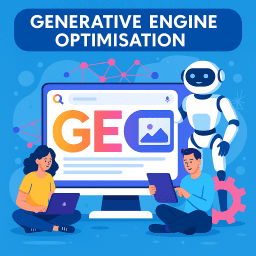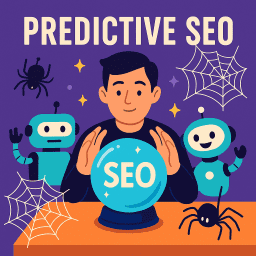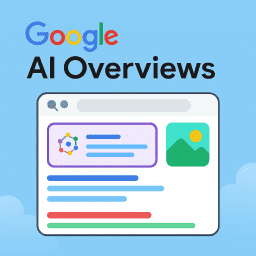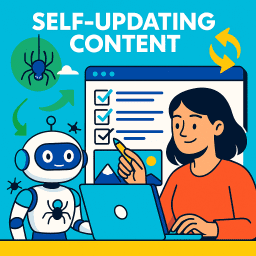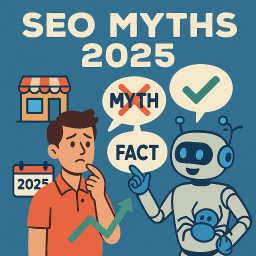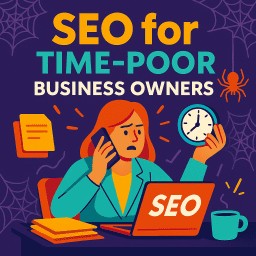Beyond Blue Links: Visual SERPs Are Reshaping SEO (2025)
Why image-heavy SERPs are reshaping SEO strategy in 2025
🖼️ The New Look of Google SERPs
Search Engine Results Pages (SERPs) in 2025 are almost unrecognisable compared to just a few years ago. What used to be a straightforward list of blue links has evolved into a dynamic, multimedia experience. Google now blends images, videos, product carousels, map packs, and AI-powered snapshots right into the search results. This shift has fundamentally changed what it means to rank — it’s no longer just about position; it’s about presence, engagement, and visibility.
📸 What Are Visual SERPs?
Visual SERPs refer to search results that feature rich media alongside or instead of plain text listings. Examples include:
- Shopping grids with product images
- Image thumbnails for recipes, guides, and how-tos
- Google Lens visual matches
- AI Overviews that blend images with text
- Local map packs with business photos
Today, over 65% of first-page results on Google include a significant visual element. That makes optimising for visual features no longer optional, but essential.
👁️ How Visual SERPs Change User Behaviour
Studies show that when images and multimedia appear in SERPs, user click behaviour shifts dramatically. Eye-tracking research confirms that people scan thumbnails, faces, logos, and product images before reading a title or description. Listings with visuals receive up to 50% more engagement than those without. On mobile, this effect is even stronger — with image-driven results dominating the viewport and plain links pushed lower.
🛠️ How to Optimise for Visual SERPs
- Image SEO: Use descriptive filenames, meaningful alt text, and image sitemaps. Ensure images are unique, high-quality, and relevant.
- Structured data: Add schema for products, reviews, recipes, FAQs, and more to qualify for rich snippets and carousels.
- Performance matters: Optimise image compression, lazy loading, and Core Web Vitals to balance speed and visual appeal.
- Target visual-first queries: Prioritise topics where Google shows image packs, e.g., travel, food, DIY, ecommerce.
🎨 Industries Winning at Visual SEO
- Ecommerce: Retailers like ASOS and IKEA dominate product image grids by pairing great photos with clean data.
- Travel: Platforms like Airbnb excel in map packs with compelling visuals of destinations and rentals.
- Food & DIY: Bloggers who use structured data and step-by-step photos win featured snippets and thumbnails.
🔮 The Future of Visual Search
Visual SEO is just getting started. Expect Google to further integrate AI image analysis, AR search results, and multimodal experiences combining text, images, and voice. Winning in this space will require SEOs to master technical image optimisation, structured data, and content design in equal measure.
📌 Final Thoughts
SEO in 2025 demands more than just well-written text and solid backlinks. As Google continues to transform its search results into rich, interactive experiences, visual SERPs have become a core part of how users discover and engage with content. Whether it’s through image carousels, product grids, AI-powered overviews, or Google Lens results, your visibility now depends on your ability to stand out visually — not just textually.
This shift means businesses and website owners need to reimagine how they approach optimisation. It’s no longer enough to focus on keywords and rankings alone. Your images, videos, and structured data play a critical role in shaping how (and if) your content appears in search. Investing in high-quality visuals, technical optimisation, and schema markup isn’t optional — it’s essential if you want to compete in modern search results.
The good news? This new search landscape rewards those who prioritise users: clear images, fast performance, helpful information, and intuitive design. By aligning your strategy with these principles, you can future-proof your SEO and thrive as Google’s SERPs become even more visual, dynamic, and AI-driven. The opportunity is huge — but only if you adapt.
“If you’re not optimising for Google’s visual search features in 2025, you’re not really doing SEO anymore. Visibility today means standing out — not just showing up.” — David Roche
💬 What the Experts Are Saying
- Aleyda Solís: “The future of SEO is visual. Users expect rich, interactive experiences — and Google is delivering.”
- Rand Fishkin: “If you’re not in the image or video results, you’re invisible to a growing segment of searchers.”
- Barry Schwartz: “Rich SERPs have turned traditional SEO on its head. You have to think beyond text.”
❓ FAQs About Visual SERPs
What is a visual SERP?
A visual SERP is a Google results page that includes images, videos, carousels, or interactive elements alongside text links.
Why do visual SERPs matter for SEO?
Visual SERPs attract more clicks and engagement. Listings with images or media elements can achieve 30% to 50% higher CTR than plain text links.
How can I optimise for visual SERPs?
Use meaningful image filenames, alt text, and schema markup. Create high-quality visuals and ensure fast load times for a better chance at appearing in rich results.
Does Google Lens impact SEO?
Yes. Google Lens surfaces content in visual search, so optimising your images and structured data can help you appear in Lens results.
Which industries benefit most from visual search?
Ecommerce, travel, food, DIY, and fashion industries benefit most as Google heavily features visuals for these types of queries.


